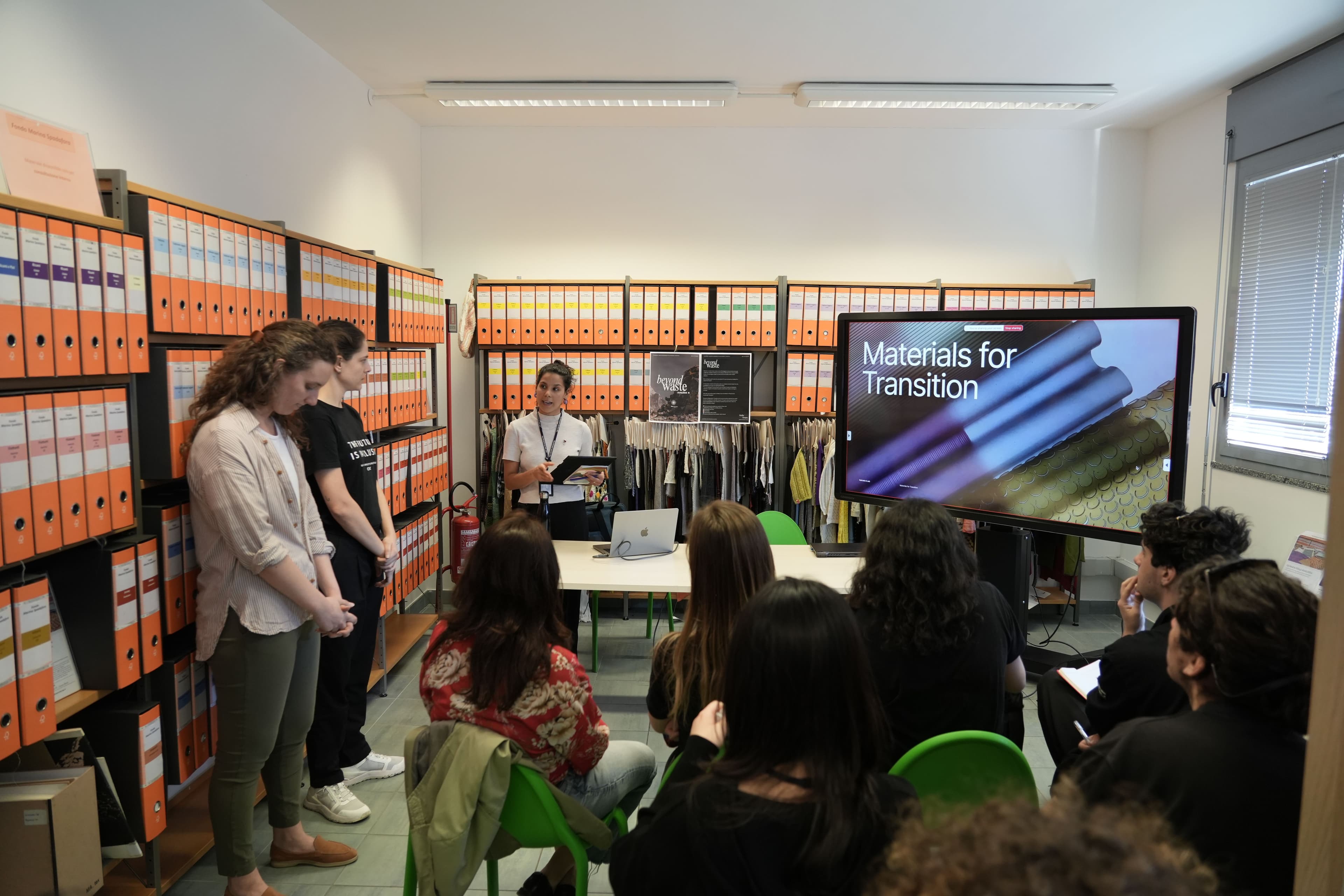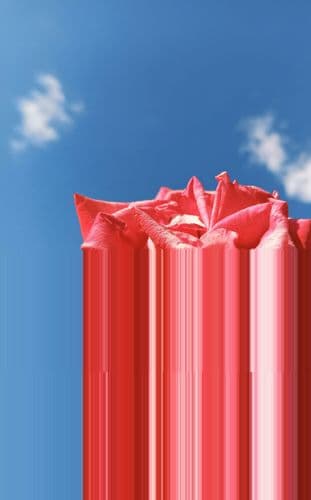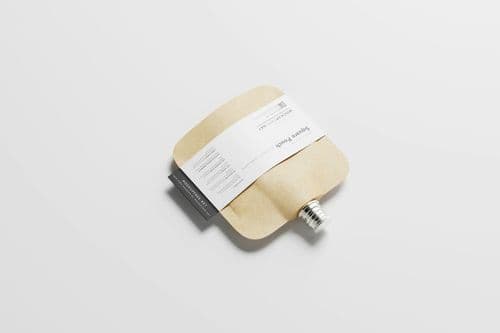1. "Design Periferico" focuses on themes like sustainability and new materials. Could you explain how the concept of "peripheral" design relates to the need for innovation in sustainability, and how it connects to your broader design philosophy?
The concept of "Peripheral Design" ties into innovation in sustainability because it stems from the desire to shift the focus of design towards contexts and themes that have often been marginalized, yet are increasingly central today. For the 2024 diffuse exhibition, curated for D.O.S. – Design Open Spaces as part of the ID-exe project, we chose to activate locations in working-class and peripheral neighborhoods in the northern part of Milan, areas typically excluded from the city’s main Design Week circuit. Vacant commercial spaces were transformed into genuine hubs for research and public engagement, open to everyone.
This “peripheral” approach is not only geographical but also conceptual: it means stepping outside the traditional boundaries of Milan Design Week (historically focused on furniture and commercial products) to embrace experimental practices involving innovative materials, reuse, nature, tradition, and technology. The exhibition content aligned with both the district’s theme, "Shaped by Design," and Fuorisalone's overarching theme, "Materia Natura," with the aim of showing how the design sector is evolving in response to the demands of today’s world. The featured participants (designers, studios, brands, and university labs) offered a view into the current direction of real-world design and industry through their research, experimentation, and market-ready products. The themes addressed reflect this mission: Waste for Architecture / New Materials / Fashion & Textile / Design and Nature.
"Peripheral Design" resonates with my design philosophy by translating the idea of systemic design into a practice that is accessible, distributed, and capable of generating cultural value and real impact—beyond merely producing Instagram-friendly products or events. The exhibition serves as a reflection on the future of design: an international and decentralized approach that captures the sector’s many innovations (spanning beyond furniture to include fashion, technology, UX, craftsmanship, architecture, experimentation, and research) creating a network of inspiring, low-impact examples for the future. Last but not least, “Peripheral Design” is a reminder that Milan Design Week, and similar international events, are opportunities to spark dialogue and exchange about the future of design, and to discover the designers and brands shaping tomorrow.
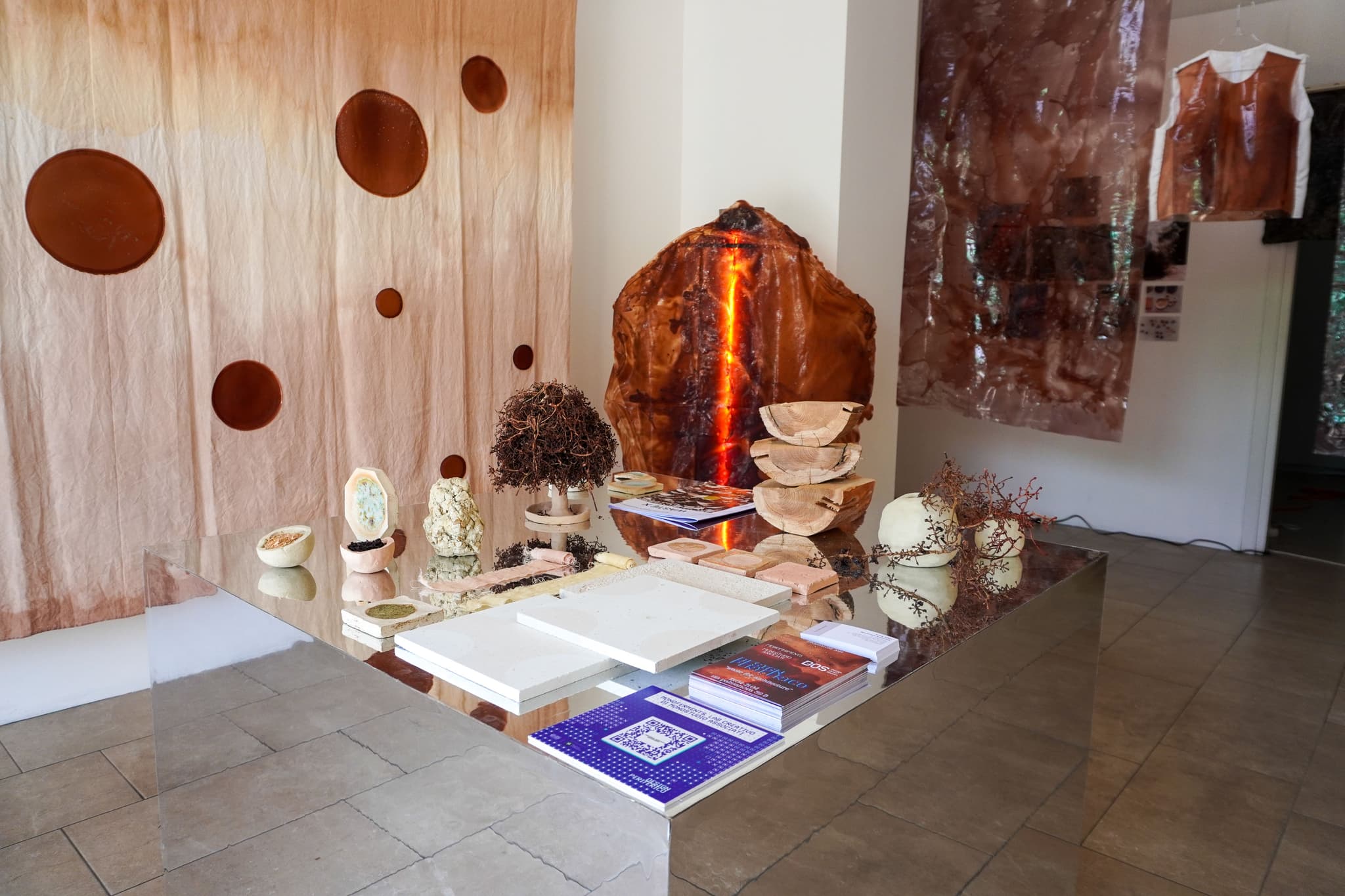
2. With a focus on contemporary issues such as carbon reduction and the use of renewable resources, how do you foresee the integration of these principles influencing the design landscape in the coming years?
These principles are already influencing the design world, albeit to varying degrees. We are in the midst of a profound transformation of the sector, a redefinition of the rules of the game, that will gradually lead to a paradigmatic shift in the usual creative, productive, and social dynamics of design.
Specifically, starting with universities, there is increasing attention on new educational pathways that equip students with both intellectual and practical tools. Tomorrow’s designers must be able to identify the most suitable resources for their projects, have a foundation to experiment and create new material solutions, but above all, develop a strong sensitivity and critical mindset toward sustainable visions. A recent example at the Politecnico di Milano is the second edition of the postgraduate Master in Design for Sustainability and Regeneration. This program aims to provide students with the awareness of environmental risks and benefits tied to their choices, as well as the strategies to support coherent design decisions that have a positive impact not only on the environment but also on the economy and society.
Unfortunately, primary and secondary education (especially in Italy) completely lacks training related to material knowledge. However, if we started educating younger students, we could witness an even faster, more radical change in consumption and production patterns. Today’s students will become tomorrow’s consumers and designers.
Moving to industry, there are increasingly more startups and brands offering new low-impact solutions with simpler, localized production processes, aligned with ESG principles. The goal is not only to ensure the sustainability of the product but also to create new social and governance opportunities. This involves various aspects, including: a shift in supply chains toward traceable, transparent, and low-impact processes; the need to monitor workers’ health and labor conditions; implementation of technological solutions for energy efficiency; and just-in-time, customized production aimed at reducing costs related to inventory management and overproduction.
Last but not least are consumers, who today are increasingly attentive to truly sustainable and responsible solutions. Only by educating this group can we see real change.

3. Through your curation of various "Design Periferico" locations, you highlight the importance of sustainable production methods. Could you walk us through the technical and creative process behind selecting the designers and projects that embody these values?
First of all, there was a definition of the themes, also in relation to the selected locations, followed by a research and scouting phase focused on solutions related to new materials, sustainable production, the use of resources such as waste and by-products, and projects that reinterpret tradition while employing new technologies (from prompts to 3D printing).
Delving into the specific themes:
- Waste for Architecture showcased MONOFERMENTS, a lab by Monostudio Associati, exploring vineyard by-products for healthier interiors.
- New Materials featured a decade of work by Politecnico di Milano’s MadeTrans lab, alongside projects from Barbara Pollini and Selenia Marinelli, emphasizing biodesigned materials and architecture.
- Fashion & Textile included sustainable brands like Verabuccia (pineapple peel), Human Material Loop (human hair), and MUSA Intimates (banana fiber), as well as weaving reinterpretations by Giuseppe Arezzi, Francesco Forcellini, and Laura Civetti.
- Design and Nature included GUPU by Genesio Pistidda, using recycled cork, and Podere101 with its Biodiversity agroforestry project.
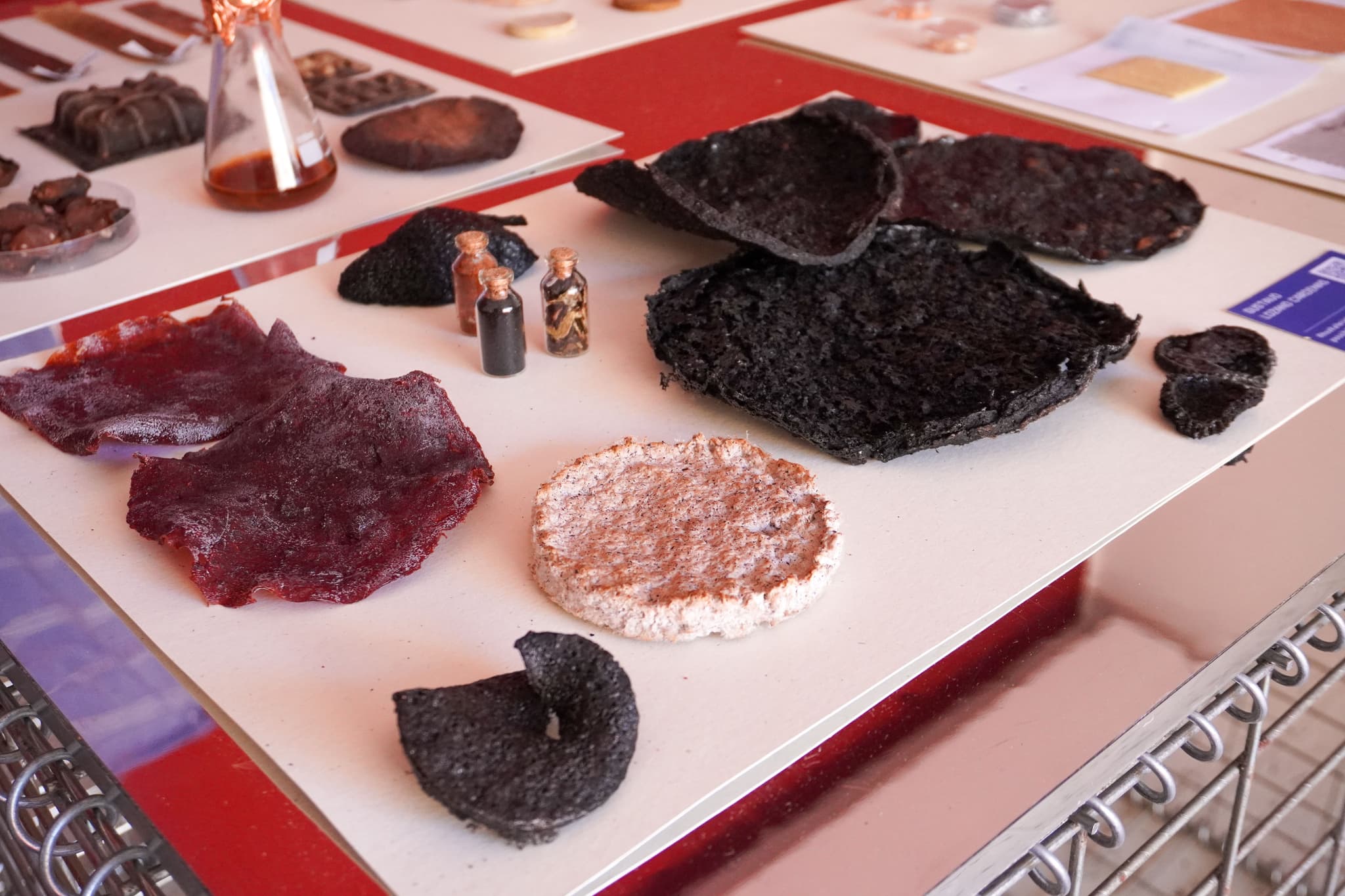
4. As the design industry increasingly shifts towards sustainability, how do you envision your studio evolving in terms of material innovation, design practices, and environmental responsibility?
Working as a freelance designer and writer, primarily focusing on communication strategies and curation, I am already trying to follow this change both in my daily work and in projects for my clients.
On the writing side, my contributions aim to connect with designers and brands integrating sustainability, to share authentic, transparent, and accessible stories that can raise awareness and stimulate reflection.
Curatorially, in the Fatto Bene exhibition, I emphasized materiality, featuring products that highlight natural materials, glue-free assemblies, traditional techniques, and material experimentation.
In consulting and communication, I prioritize working with ethical professionals and suppliers, ensuring fair compensation, intellectual property respect, and ethical work relationships.
Sustainability goes beyond materials to include communication and digital practices. Even a website or an extra flyer has an environmental cost, reminding us that every design decision matters.
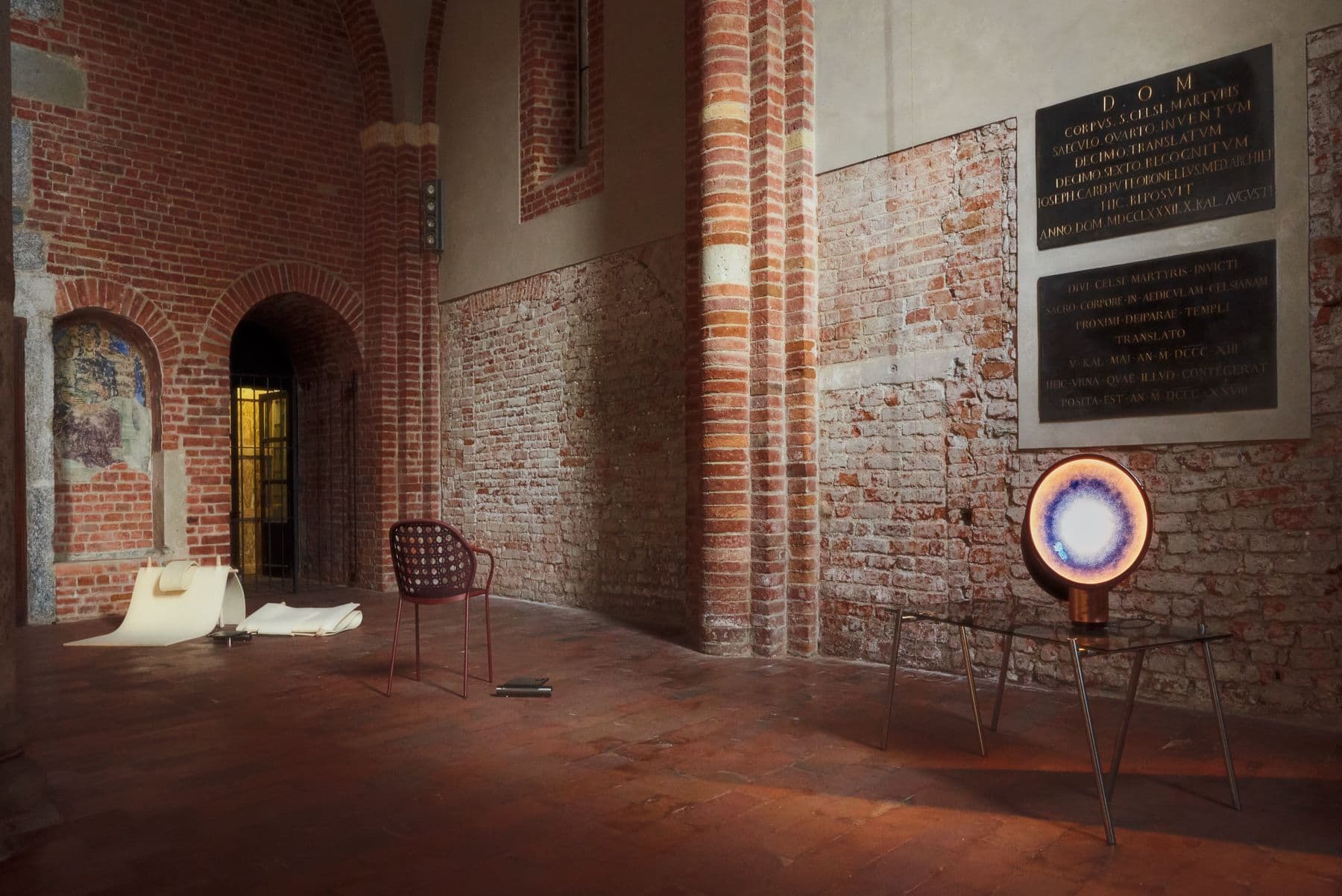
5. In Il Borgo di Porta Romana, you reimagine an urban space through the lens of agrarian regeneration. What specific materials or construction methods did you identify as essential to support this kind of ecological transition in a dense urban environment?
The project, commissioned by Domus to visualize the city of the future, focused on urban agriculture. I proposed combining the reuse of existing structures with natural or reclaimed materials:
- Timber: renewable, low-impact
- Corten steel: durable, recyclable, low-maintenance
- Fabric coverings and recycled plastic panels: enhance natural light and transparency
This approach promotes low-impact, adaptable building systems, suitable for urban ecological transition.

6. The project engages with existing urban architecture in Porta Romana. How did your material strategy address the challenge of retrofitting versus rebuilding, particularly in terms of sustainability and resource efficiency?
The strategy favored retrofitting over rebuilding, integrating natural and recycled materials for efficient, reversible upgrades:
- Timber for lightweight, versatile structures
- Corten steel for longevity without treatments
- Recycled plastic and fabric panels for lighting and environmental benefits
This minimized resource use, reduced waste, and preserved the cultural memory of the area, transforming it into an ecologically productive space.

7. Having experienced Milan Design Week evolve from within the city, how have you seen the materials showcased at the event reflect broader cultural or environmental shifts over the years?
There is growing interest in materials, but often without critical curation. Exhibits mix recyclable and non-recyclable materials without context, causing confusion. Even waste-derived materials are sometimes celebrated without considering life cycles or downcycling issues.
This trend risks turning material innovation into an aesthetic trend rather than a genuine reflection on sustainability. What’s needed is greater curatorial responsibility to foster informed, coherent understanding that aligns with today’s environmental urgencies and cultural shifts.
